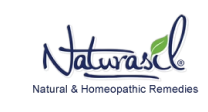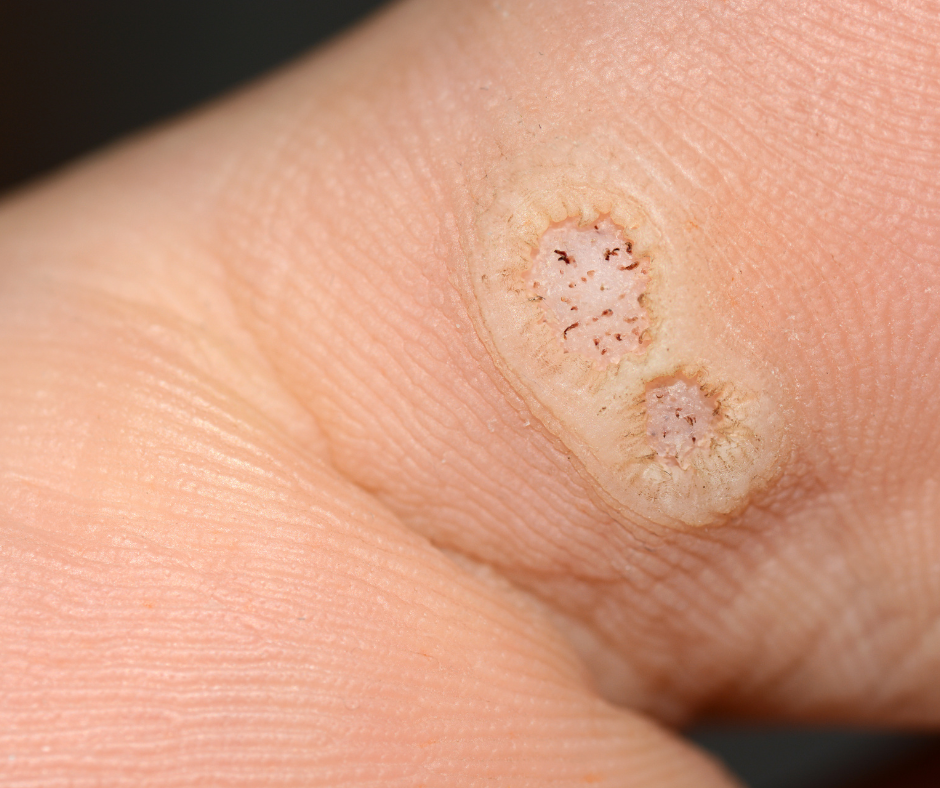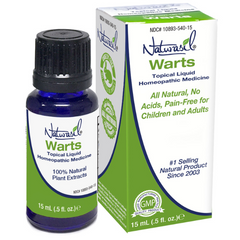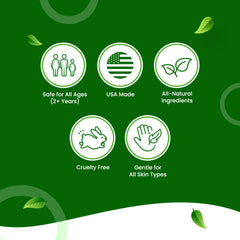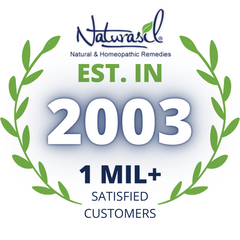Plantar warts, known in the medical realm as verrucae plantares, are common foot conditions that primarily emerge on the soles, particularly in areas that endure the most pressure, such as the heels or balls of the feet. These zones come into contact with the ground the most when we walk or stand, making them more susceptible.
At first glance, you can distinguish these growths by their coarse, grainy appearance. On closer inspection, you may notice tiny black dots within the wart. Contrary to urban myths, these dots aren't the wart's seeds but clotted blood vessels. While the texture of plantar warts may resemble calluses, you shouldn't confuse the two. Calluses represent thickened patches of skin, while plantar warts are viral infections.
Plantar warts can manifest in two primary ways. They might emerge as an isolated wart, standing solitary on the foot's surface. Alternatively, they can form in clusters. When several warts grow together in a tight group, this aggregation is termed a 'mosaic wart.' Because of its extensive spread, this formation can often be more challenging to treat than individual ones.
While the very thought of warts might evoke feelings of unease, it's essential to recognize that plantar warts are, by and large, harmless. For most people, they might cause a degree of discomfort, particularly when walking, but they don't pose significant health threats. However, it's worth noting that benign doesn't equate to negligible. In individuals with weakened immune systems—whether due to medications, underlying health conditions, or other reasons—plantar warts can be more than mere nuisances. They might be harder to treat, more prone to spread, and can lead to complications in rare cases.
Primary Over-the-Counter Solutions
Plantar warts, though often benign, can be a source of significant discomfort for many. With the rise in self-care and the desire for immediate relief, over-the-counter (OTC) treatments have become increasingly prevalent. These solutions, accessible without a prescription, offer varied approaches to effectively address warts.
Salicylic Acid Preparations: Salicylic acid, a beta-hydroxy acid, stands out as one of the frontrunners in the OTC wart treatment realm. It functions by exfoliating the layers of the skin, thereby assisting in shedding the virus-infected cells. This treatment can cater to diverse preferences and needs in various mediums—patches, gels, and liquid solutions. However, its potency also underscores the need for careful application. One must strictly adhere to the product's guidelines to harness its benefits while sidestepping potential side effects like skin irritation.
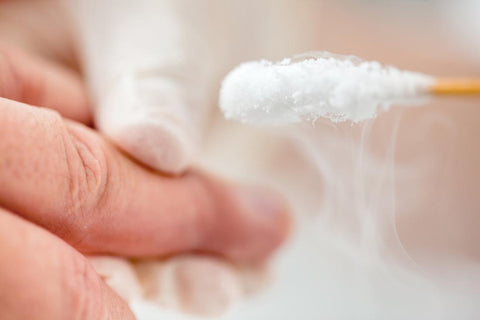
Cryotherapy Kits: Stepping into the domain of more advanced treatments, cryotherapy kits offer a method that echoes the procedures in dermatological settings. By employing extreme cold, often through compounds like dimethyl ether and propane, these kits aim to freeze the wart, eventually causing it to fall off. The principle mirrors that of liquid nitrogen professionals use, though the OTC versions are milder. When using these kits, precision is paramount. A wayward application can harm healthy skin adjacent to the wart, leading to burns or blisters.
Adhesive Pads: These pads use potent chemicals and take a dual-action approach. They not only help in gradually dissolving the wart but also act as a protective shield, curtailing the risk of the virus spreading to adjacent areas or other individuals. Many of these pads synergize the effects of salicylic acid with their barrier function, amplifying their efficacy.
Natural Oils and Extracts: Several botanical extracts offer promise for those leaning towards nature-inspired remedies. Tea tree oil is a popular choice, renowned for its antiseptic and antiviral attributes. Similarly, thuja, derived from certain evergreen trees, has been traditionally used in homeopathy for skin growths. While these natural agents might be gentler on the skin, it's essential to ensure they are pure and sourced authentically.
Factors to Consider When Choosing a Treatment
Choosing an appropriate treatment isn't solely about what's available or popular; it hinges significantly on individual factors influencing efficacy and outcomes. One can make an informed and effective decision by understanding and weighing these considerations.
Size and Number of Warts: The physical dimensions and quantity of warts are pivotal determinants in charting a treatment course. Smaller warts might respond well to milder treatments or basic over-the-counter solutions. However, a more aggressive and comprehensive approach becomes imperative when confronted with larger warts or a cluster of multiple growths. Larger warts often have deeper roots and a broader spread of the causative virus, necessitating potent treatments that can penetrate and address the entire growth.
Location: The anatomical positioning of the wart plays a decisive role in its treatment trajectory. Warts found on areas with denser, thicker skin—such as the soles of the feet—often demand treatments that can exfoliate and penetrate these robust skin barriers. With its proven exfoliant properties, salicylic acid emerges as a valuable ally in such scenarios, assisting in gradually peeling layers and exposing the deeper-seated virus.
Sensitivity: Not all skin is created equal. Individuals with sensitive skin types tread a path with potential pitfalls when selecting wart treatments. The risk of inflammation, redness, or more severe adverse reactions is heightened in such cases. Thus, it's prudent for this demographic to gravitate towards milder treatments. Moreover, conducting a patch test—a preliminary application on a small, discreet skin area to gauge reactions—before full-fledged treatment can be invaluable in preempting potential complications.
Previous Treatments: Historical data, even in wart treatments, offers many insights. If an individual has previously attempted certain treatments without success, it's a clear indicator to pivot and explore other avenues. Stubborn warts that resist standard treatments might necessitate stronger solutions or even professional interventions.
Preventive Measures: Minimizing Risks
Proactivity in health often trumps reactive measures, and plantar warts are no exception. While treatments offer relief, prevention remains the cornerstone of comprehensive wart management. Public places like swimming pools and gyms are hotspots for transmitting the human papillomavirus responsible for these warts. Thus, the simple act of wearing footwear in such environments can significantly curtail the risk of contraction. Additionally, foot hygiene is paramount. Regularly changing socks and ensuring that shoes remain dry promotes overall foot health and thwarts the moist conditions in which the virus thrives. Furthermore, resisting the urge to scratch or pick at warts is vital for those already grappling with warts. Such actions can inadvertently spread the virus, exacerbating the condition or spreading it to new areas.
When to Consult a Professional
While the aisles of pharmacies brim with over-the-counter wart treatments, they aren't panaceas. Their effectiveness, though often notable, has boundaries. Persistent warts that defy multiple treatment attempts signal a resilient strain of the virus or a deeper root that OTC solutions can't reach. Moreover, any dramatic shift in the wart's appearance or sensation, be it increased pain, reddening, bleeding, or other signs suggestive of an infection, is a clarion call for professional intervention. Dermatologists and podiatrists, with their specialized training, can offer advanced treatments, ensuring that the wart and any accompanying complications are addressed holistically and effectively.
The Path to Healthy Feet
Plantar warts, prevalent as they might be, often cast a shadow on one's comfort and confidence. However, with today's plethora of treatment avenues, the promise of relief is no longer a distant dream. Individuals equipped with a roadmap have investigated Plantar Warts and leveraged the insights on how to remove Plantar Warts. Armed with this knowledge and a keen adherence to preventive strategies, the path to rejuvenated, wart-free feet becomes not just conceivable but also a tangible reality.

